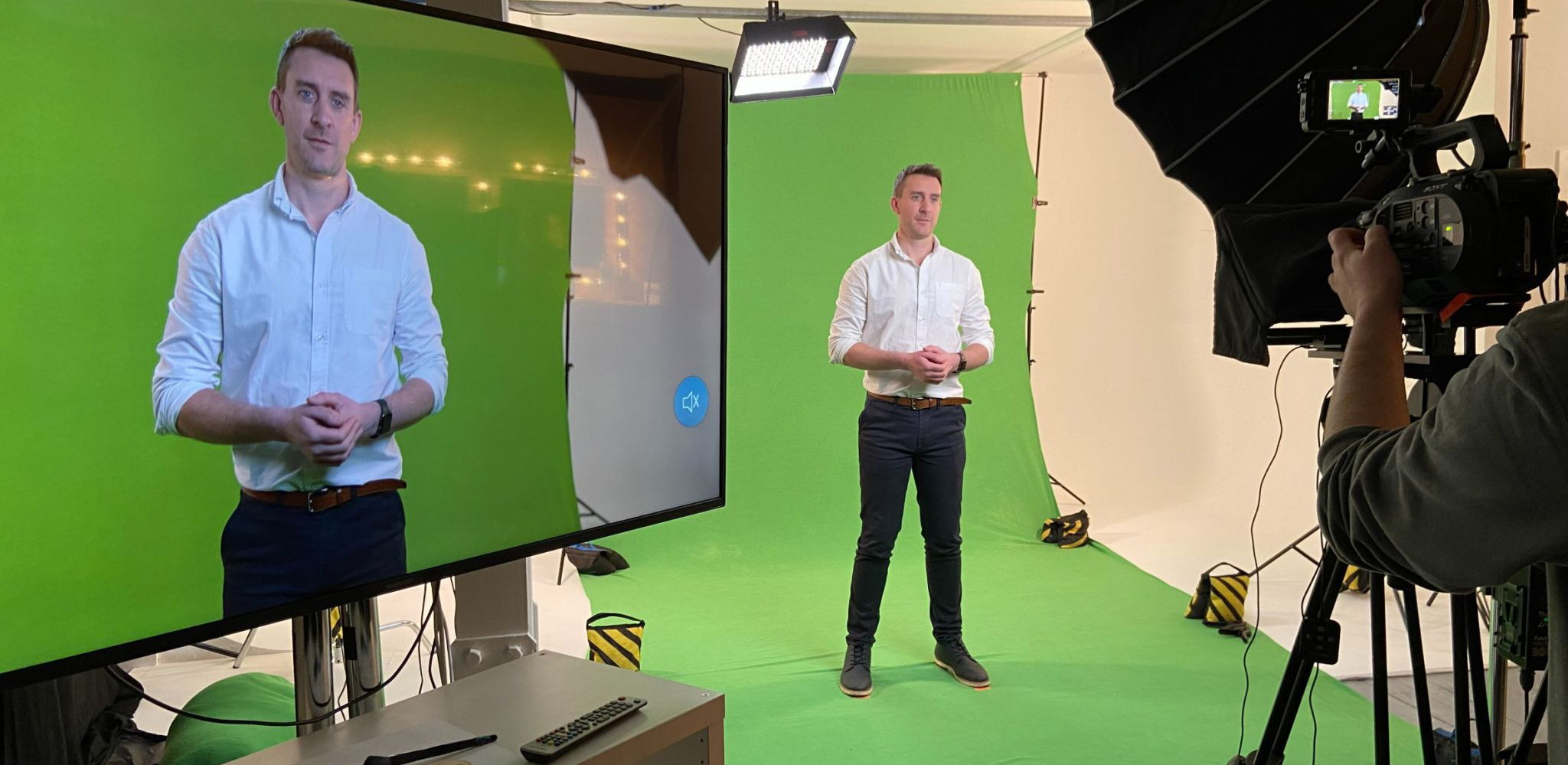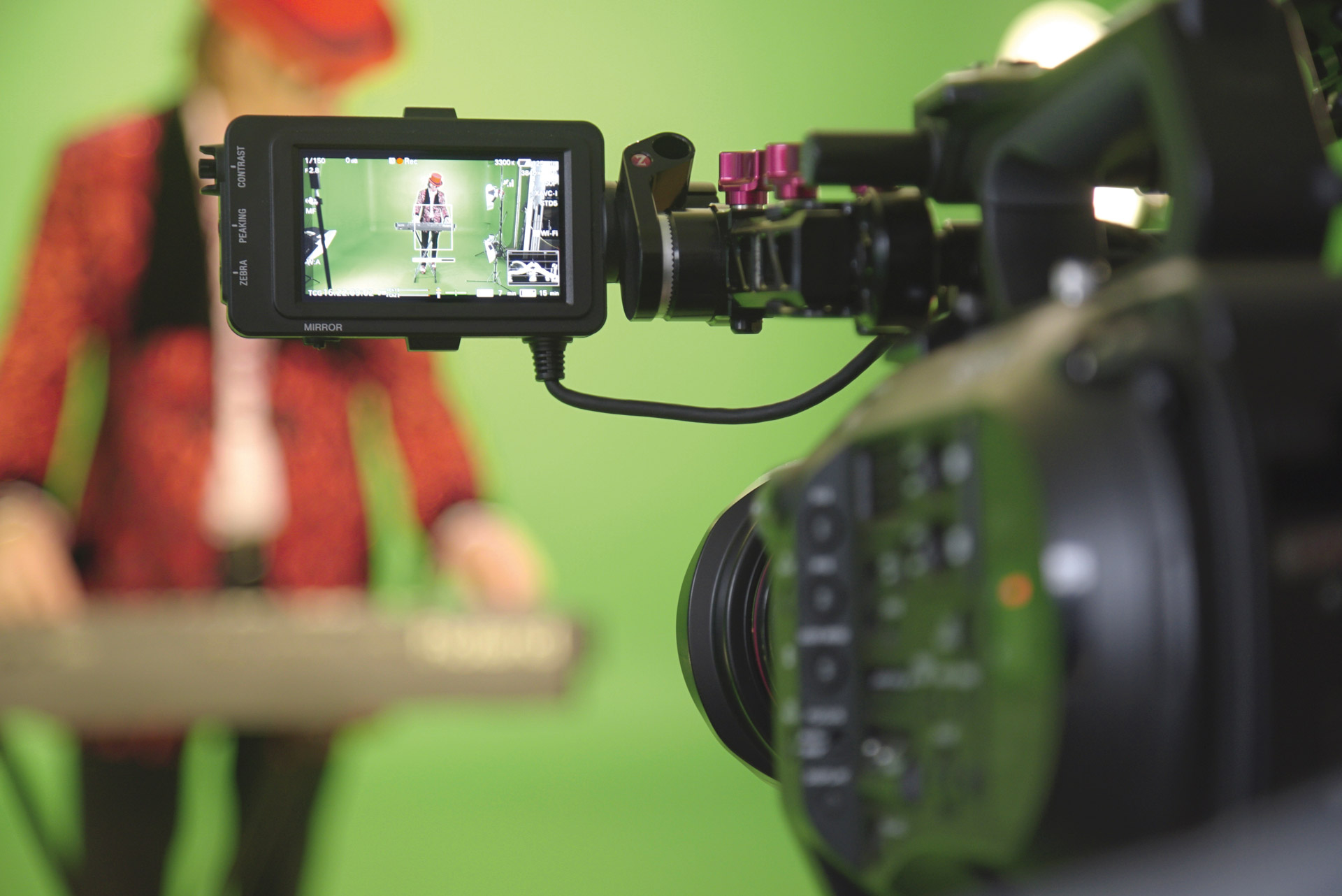Be prepared for a film day
Be prepared for a film day. You want a 2-minute testimonial or product explainer video and you've arranged the presenter, got sign-off on the script and agreed on a location but don't actually know what happens during the shoot?
Here's a rough guide to what you can expect and how to prepare.
Time to be prepared
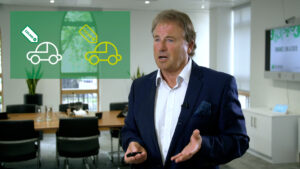
The end product might only be 2 minutes (and that's because people's attention spans watching online videos can be short) but to get that 2 minutes will likely take an hour of actual filming, 2 hours of setup, an hour of breakdown and potentially a few interruptions along the way. So whilst you may not need to be there for the whole time, expect a camera crew to take a minimum of 4 hours and add an additional hour for each additional presentation you might be doing. If you can let the camera crew in early they'll appreciate it.
Space
Both in terms of area for filming and for equipment, camera crews do not travel lightly. A 3-man crew are likely to bring 2 or 3 cameras, sliders, 4 or 5 heavy-duty tripods, big lights and a load of additional kit for them to do their job. It's like the Kardashians arriving at Heathrow terminal 2. So space to unpack and store all their kit is highly useful (although they can be flexible, it just takes more time). Then you need the filming area. Your Director should be able to maximise the space available, but work with them to find a spot that is clean, has plenty of electrical sockets, is clear of clutter, as light as possible and… quiet. One of the biggest interruptions in filming is noise from other people walking, on phone calls or making their Double Frappuccino.
Clothing
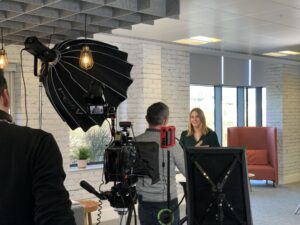
This might all depend on the industry you're in and the environment filming is taking place but a good rule of thumb is to ask anyone on camera not to wear thin stripes as it causes strange patterns called moire on cameras. Ideally, solid colours work best and ideally avoid green and bright white. It's also worth having a change of clothes available (if possible) in case of spills, creases etc. And try to avoid logos or anything that could be considered offensive to others. Let your camera crew know if your presenter wears glasses in advance and a rough height, so they can position lights and tripods accordingly.
Audio
Your camera crew should provide the best options for your environment, occasionally this might be a boom mic held out of shot over the presenter or a directional mic on the camera itself but if the location is suitable they'll use lapel mics. These attach to the speaker's clothing close to their face to pick up the best audio. Attaching these is fairly straightforward but often an awkward moment as the battery pack usually clips onto their belt or pocket out of view and the mic itself should go inside clothing to keep wires hidden. More often than not, the presenter can do this themselves but on occasion be prepared to help or find an appropriate colleague that can help position the mic and maintain the speaker's dignity and composure.
Autocue and retakes
Talking to camera comes more easily to some people than others and it's not necessarily the normally confidant presenters that are naturals. Take time to make your presenter feel comfortable, explain what the video is for perhaps and who everyone is and preferably help them be prepared by providing the script in advance. Make them feel like everyone is on their side and critically, not rush. It's likely if they're reading from an autocue that they'll trip over a word or two, maybe say a word that wasn't in the script or run out of breath on a really long sentence. Depending on their experience they might panic over the slightest mistake and it's everyone's job on the shoot to assure them that a) everyone does it b) they might well make the same mistake a number of times (in these cases it's often handy to skip that section and come back to it) and c) there's no rush. Take a deep breath and try again.
It's also quite likely that you'll capture short sections at a time instead of the whole script. Maybe even capture different styles of presenting the same information. And, have someone tracking the script as the presenter narrates it to ensure they stick to the script or the change they may have made still makes sense.
Be prepared for B-roll
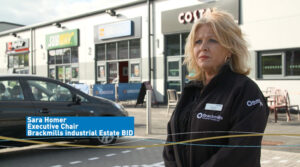
Often, additional footage of the surrounding area (b-roll) makes a video more engaging to watch. If you're a manufacturer they might capture some of the products being built or meetings for service-based companies. For this either the same camera crew will need permission to explore the area after the presentation (and may need accompanying and safety gear) or an additional camera crew can capture these shots whilst the presentation is being filmed.
Every shoot is different but with these tips in mind you can Be prepared, make the most of everyone's time and you and your presenters will have some knowledge of what to expect.
Want to get in touch?
When to use low tech and when to go professional
Technology is constantly evolving and the cameras we now carry around on our phones can be amazing, so do you need to go professional, or can you film your next case study video or product demo on your phone?
Here's 6 reasons to work with a video agency
Go professional for Quality
Phones cameras can be very good but as they've evolved so have professional cameras. So as computers, TVs and projectors are able to display at 4 and 8k resolutions, your picture quality needs to be pin-sharp and colour rich. Not only that, but having multiple cameras using different lenses gives your video the professional feel and interest that your audience are expecting. Look for camera operators that have proper, sturdy tripods, professional video cameras or SLRs and not anything you can find at your local electronic retail store.
Lights

Selfie lights and ring lights are all good for a video call or posting to social media but when it comes to looking professional on your website, at events or even on broadcasts, professional lighting is a must. Look for a multi-light setup, often 3 to perfectly light your subject and fill in the background and from multiple sides.
Go professional on Audio
You may be surprised to know that audio is the backbone of your video. Not only capturing spoken audio in full clarity but also soundtracks and any other supplementary audio. Professional mics, fitted correctly can allow you to pick up every nuance being said and avoid the surrounding background noise. If your audience can't hear you properly they'll lose attention fast. Look for suppliers that can be flexible using lapel mics and boom arms and not the camera's own audio. Plus ensure an audio technician is listening with headphones to what the camera is actually picking up, nobody wants to finish the shoot and realise the audio was too quiet or an airplane drowned out your speaker.
Direction
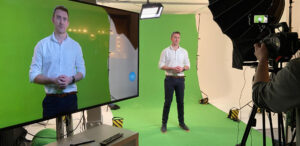
Lights, camera, action? Maybe, but you may be surprised how difficult it can be to deliver once the camera is rolling. This is where an experienced, calm and friendly director comes in. It's their job to ensure you look natural on screen, deliver confidently, get the message across that you intend (you'd be surprised how often what we read and what we say can be different) and that everything that should be in shot is and anything else isn't. For better cost effectiveness look for directors that double up as camera or autocue operators or sound technicians.
Set dressing
What's going on around and behind your presenter can be hugely impactful and depends on the kind of video you want to produce. Most of the time, clean and clear works best so viewers concentrate on your presenter. So look for solid colour, well lit walls, move excessive furniture out of shot and include simple decoration. But on occasion you might want the opposite, a Christmas video might need an entire set built including fireplace, Christmas tree and snow. Either way, look for an agency that pays attention to detail and is happy to shoot on location, in an office or even build sets specific to your needs.
Go professional for motion graphics
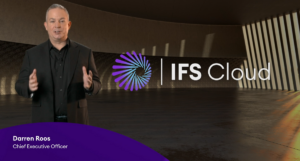
Adding text and graphics in post is a great way to highlight key points of your message. They may include title animations to introduce your speaker and their job title, you might pick out key statistics or a process diagram. Remember to keep graphics simple, suit your brand guidelines and compliment rather than detract from the speaker. Look for agencies that use professional animation software such as Adobe After Effects rather than clip art animations.
And there's your 6 key areas to consider when deciding whether to capture a quick low tech video or to work with a professional video agency.
